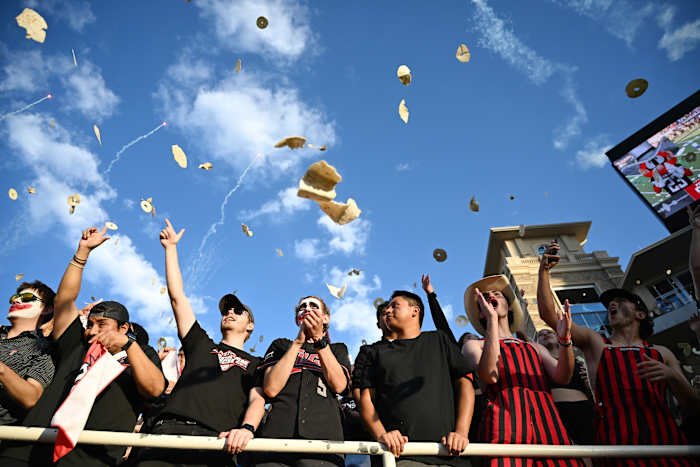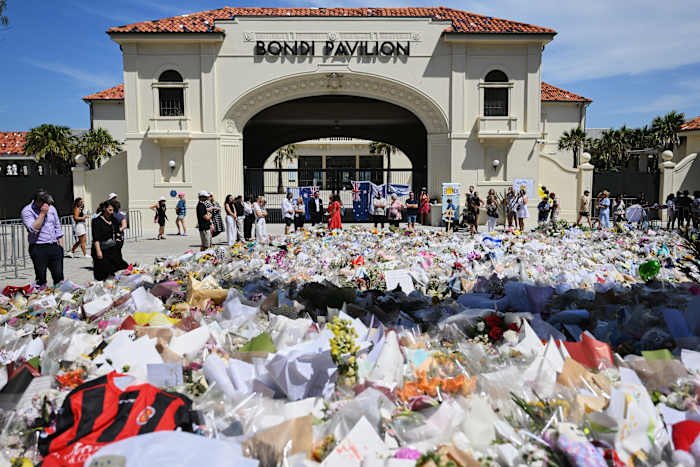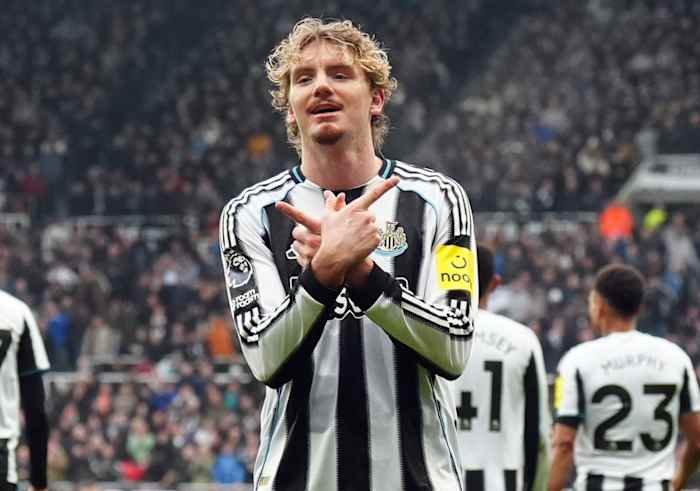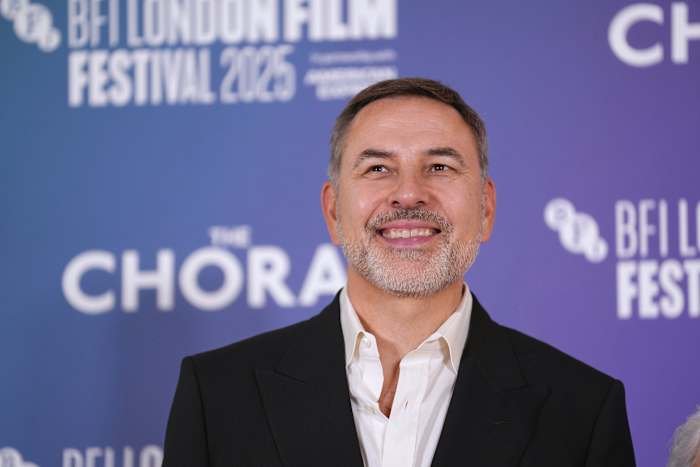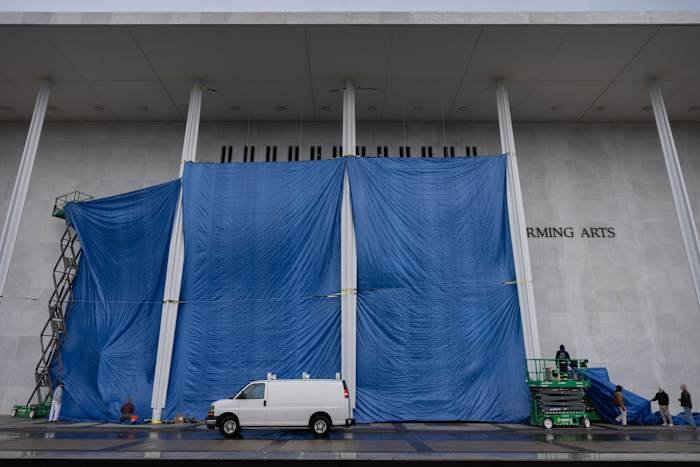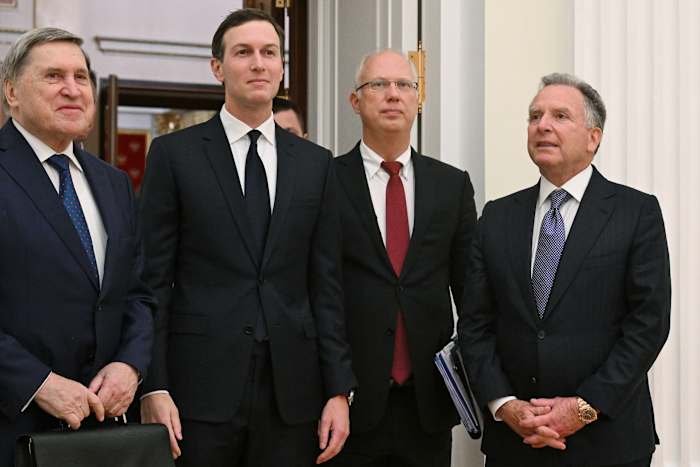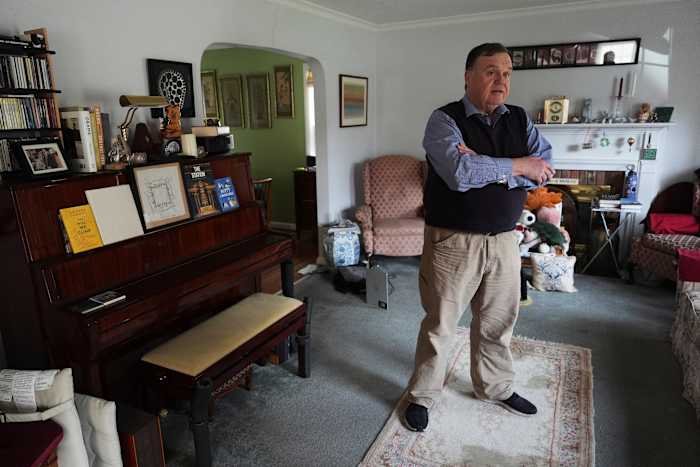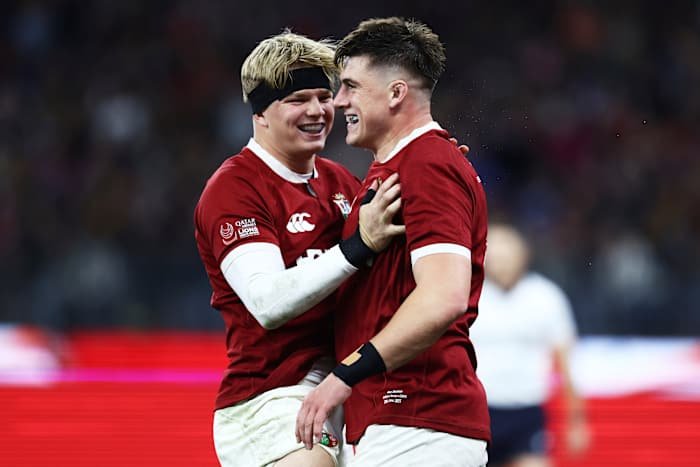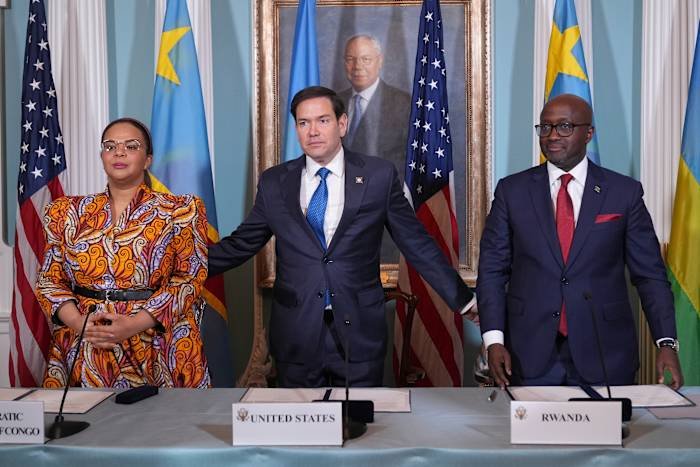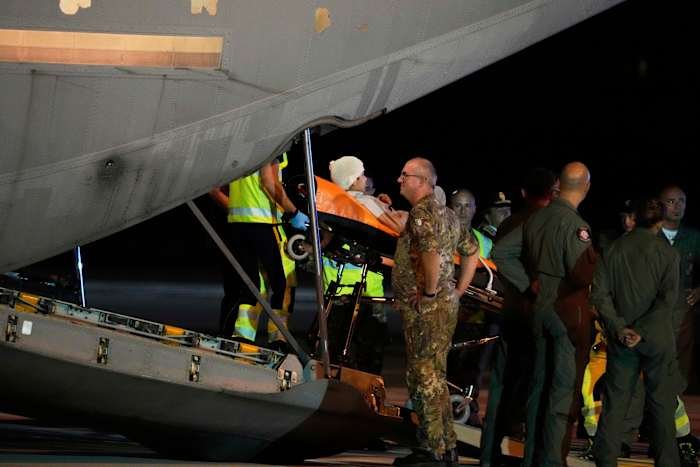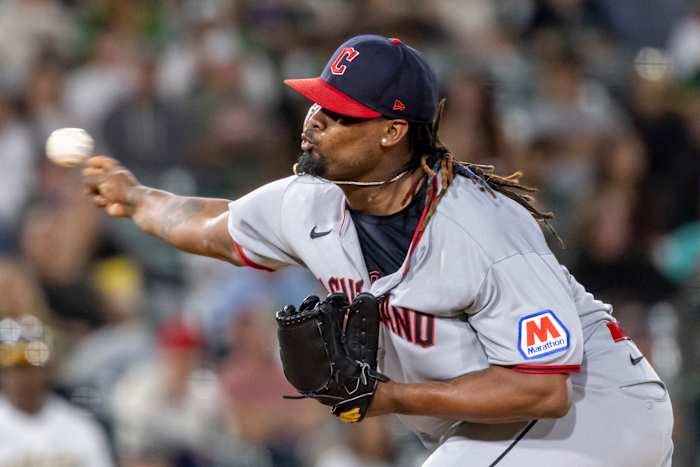College football has long been dominated by a handful of powerhouse programs, but recent seasons have seen a noticeable shift. Tighter games, more upsets, and the rise of previously overlooked teams all point to one thing: parity is gaining ground. The two biggest factors behind this change? The NCAA transfer portal and Name, Image, and Likeness (NIL) compensation. For Orlando fans, these changes are not just national headlines—they’re transforming the local college football landscape as well. Let’s dive into how the transfer portal and NIL money are shaking up the sport and bringing more excitement to Orlando’s gridirons.
The Transfer Portal: A Game Changer for Players and Teams
Introduced in 2018, the NCAA transfer portal has revolutionized college football by giving athletes the freedom to switch schools without sitting out a year. This player empowerment has created a more dynamic and unpredictable sport. Teams can now rebuild or reload their rosters almost overnight, making it harder for traditional powerhouses to maintain their dominance.
For Orlando-based programs like UCF, the transfer portal has been a double-edged sword. While some star players have sought bigger stages, the Knights have also attracted high-caliber athletes looking for more playing time or a fresh start. This influx of talent has helped UCF remain competitive, even as the American Athletic Conference gets tougher each season. Local fans have seen new faces quickly become key contributors, keeping every game interesting and ensuring no win is taken for granted.
NIL Money: Leveling the Financial Playing Field
The introduction of NIL (Name, Image, and Likeness) compensation in 2021 gave college athletes the right to profit from their personal brands. This seismic shift has had ripple effects throughout the sport. No longer are only the biggest, most storied programs able to attract top talent; now, schools in emerging markets—or those with active local business communities—can compete for elite recruits.
In Orlando, local businesses and alumni have stepped up to support players, offering endorsement deals and sponsorships. UCF, for example, launched the Mission Control collective to help athletes connect with NIL opportunities. This means local stars can stay home, build their brands, and still earn competitive compensation, keeping Orlando football programs strong and relevant in the new era.
Closer Games, More Upsets, and Fan Excitement
One of the most noticeable effects of increased parity is the frequency of close games and unexpected upsets. The days of blowouts being the norm are fading. Teams outside the traditional top 10 are now capable of pulling off stunning victories, thanks in large part to experienced transfers and NIL-fueled recruiting.
For Orlando’s football fans, this translates to a more thrilling game day experience. Whether you’re cheering from the Bounce House or watching from a local sports bar, every matchup feels like it could go either way. UCF’s nail-biting clashes with conference rivals and high-profile non-conference opponents have kept Orlando at the center of college football conversations nationwide. The excitement isn’t just for die-hards—casual fans are tuning in more than ever, drawn by the unpredictability and drama.
Recruiting Strategies in the New Era
With the transfer portal and NIL money changing the recruiting landscape, coaches and athletic departments have had to adapt quickly. No longer is the recruiting process limited to high school seniors; staff now actively scout other college rosters for potential transfers who can fill immediate needs or provide veteran experience.
In Orlando, UCF’s coaching staff under Gus Malzahn has embraced this new approach, blending traditional recruiting with aggressive transfer portal strategies. The result? A roster that’s deep, versatile, and capable of competing with programs from larger conferences. Local high school athletes are also benefiting, as the increased visibility and support for Orlando football have made the city a hotspot for college scouts and recruiters.
The Orlando Impact: More Than Just UCF
While UCF is the flagship program in Orlando, the effects of parity extend to other local colleges and even high school programs. Increased attention from scouts and media means more opportunities for Central Florida athletes to shine. The Orlando area has become a key recruiting hub, with coaches from across the country looking to tap into the region’s talent pool.
Moreover, the business community’s embrace of NIL deals has strengthened the ties between local companies and athletes, fostering a sense of pride and investment in Orlando’s sports culture. Whether it’s local restaurants partnering with players or tech startups sponsoring team events, the city is rallying around its athletes in new and exciting ways.
Conclusion
The arrival of true parity in college football is reshaping the landscape in ways that benefit fans, players, and communities alike. The transfer portal and NIL money have given Orlando a front-row seat to the sport’s most exciting era yet, bringing more talent, tighter games, and endless possibilities to local programs. As UCF and other Orlando teams continue to thrive in this new environment, one thing is clear: college football has never been more unpredictable—or more fun.
What do you think? Has parity made college football better, or do you miss the days of dominant dynasties? Share your thoughts in the comments below!

